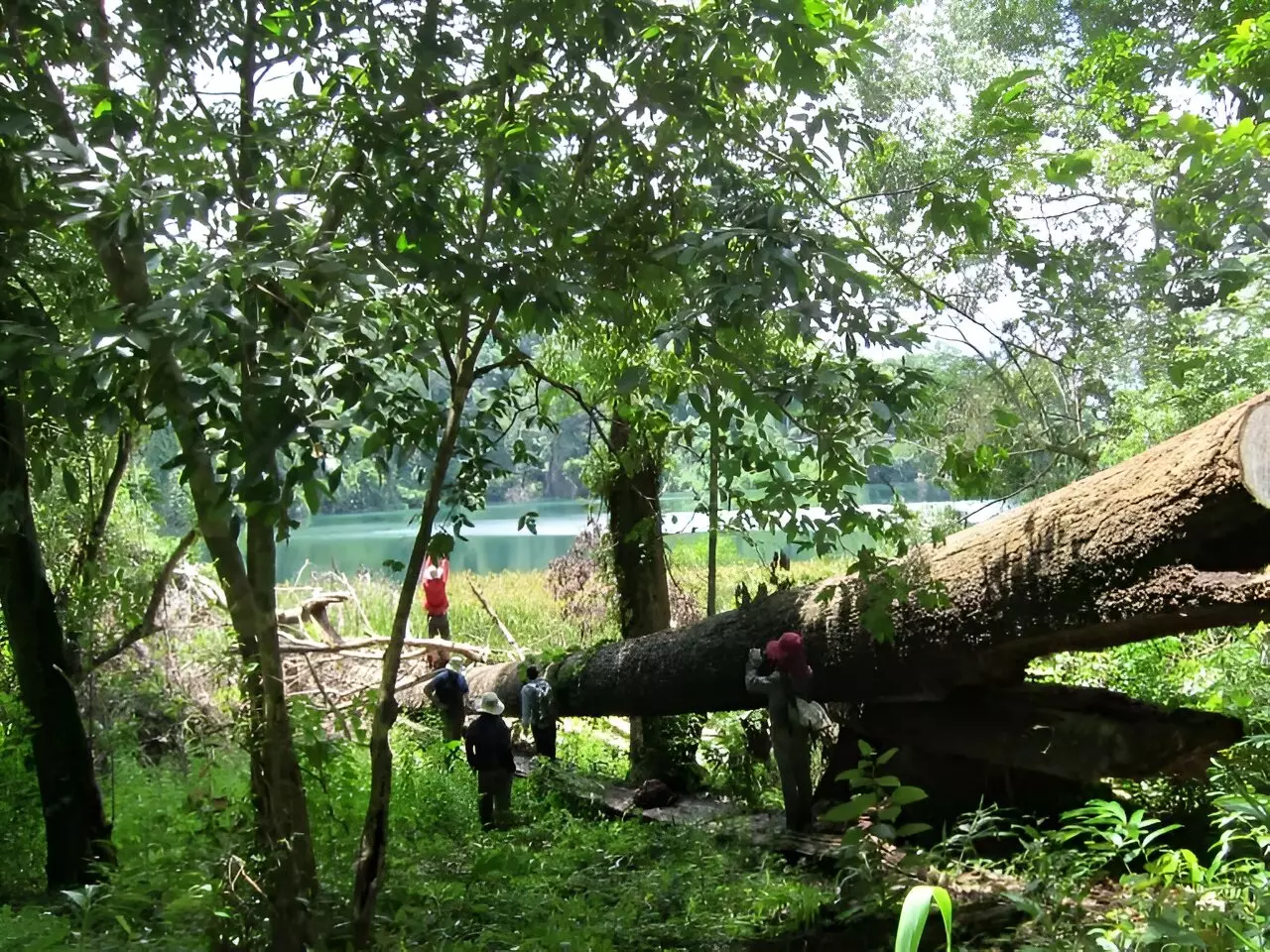A groundbreaking study led by Dr. Rebecca Hamilton at the University of Sydney has uncovered significant evidence challenging previous scientific consensus about the landscape of South East Asia during the Last Glacial Maximum more than 19,000 years ago. Contrary to popular belief, the research reveals that the region was not simply dominated by dry savannah but rather consisted of a diverse mosaic of closed and open forest types. These findings carry important implications for our understanding of Asia’s tropical forests and their resilience to climate change.
The Importance of Landscape Diversity
The study’s results suggest that Asia’s tropical forests could be more resilient to climate change than previously assumed, provided that a diversity of landscape is maintained. This insight could have significant implications for conservation efforts in the region. Dr. Hamilton asserts that protecting forests above 1000 meters (referred to as ‘montane forests’) alongside seasonally dry forest types could be crucial in preventing the future transformation of Asia’s rainforests into savannah ecosystems—a process known as “savannization.” By prioritizing the preservation of diverse forest types, we can enhance the resilience and adaptability of these ecosystems in the face of climate change.
Reconciling the Discrepancies
The research team analyzed records from 59 paleoenvironmental sites across tropical South East Asia to challenge the prevailing savannah model. Instead of a uniform grassland, the evidence from pollen grains preserved in lakes indicates that forests persisted alongside an expansion of grasslands during the Last Glacial Maximum. Dr. Hamilton puts forth the idea that this apparent contradiction can be reconciled by considering the impact of the cool and seasonal climate during this period. The study suggests that while montane forests persisted and expanded in high-elevation regions above 1000 meters, the lowlands experienced a shift towards seasonally dry forests with a naturally grassy understory.
One significant implication of the study’s findings is that humans and animals migrating across the region during the Last Glacial Maximum would have had access to a more diverse resource base than previously understood. The mosaic of closed and open forests would have provided various food sources and habitats, supporting both the survival and dispersal of different species. This new understanding of the landscape’s complexity challenges traditional assumptions and highlights the importance of considering diverse ecological factors when studying past migration patterns.
The research was conducted by a team of international scientists from various institutions. Alongside Dr. Hamilton’s team at the University of Sydney, scientists from the Max Planck Institute of Geoanthropology in Jena, Germany, Flinders University, Purdue University in the U.S., University of the Philippines, and the Australian National University contributed to this cutting-edge study. The collaboration fostered the development of innovative statistical methods to cross-compare numerous paleoecological records, which researchers believe will be invaluable for investigating other past ecological changes in the region.
The recent study led by Dr. Rebecca Hamilton challenges prevailing scientific assumptions about the landscape of South East Asia during the Last Glacial Maximum. By uncovering the complex mosaic of closed and open forest types, the research highlights the potential resilience of Asia’s tropical forests in the face of climate change, provided that landscape diversity is maintained. Not only does this study reshape our understanding of the region’s past, but it also emphasizes the importance of prioritizing conservation efforts that protect diverse forest types. As we strive to navigate an uncertain future, recognizing and preserving the natural resilience of ecosystems becomes increasingly crucial.


Leave a Reply